Ancient civilizations spun tales that shaped their cultures, beliefs, and worldviews. While many of these myths are well-known, others remain rarely discussed, hidden in the shadows of history. These stories reveal the fascinating, mysterious sides of ancient peoples, offering a glimpse into their imaginations and fears. Each myth is a window into a world where the natural and supernatural blend seamlessly, creating a rich tapestry of cultural heritage.
The Myth of the Fire-Breathing Manticore (Persian)
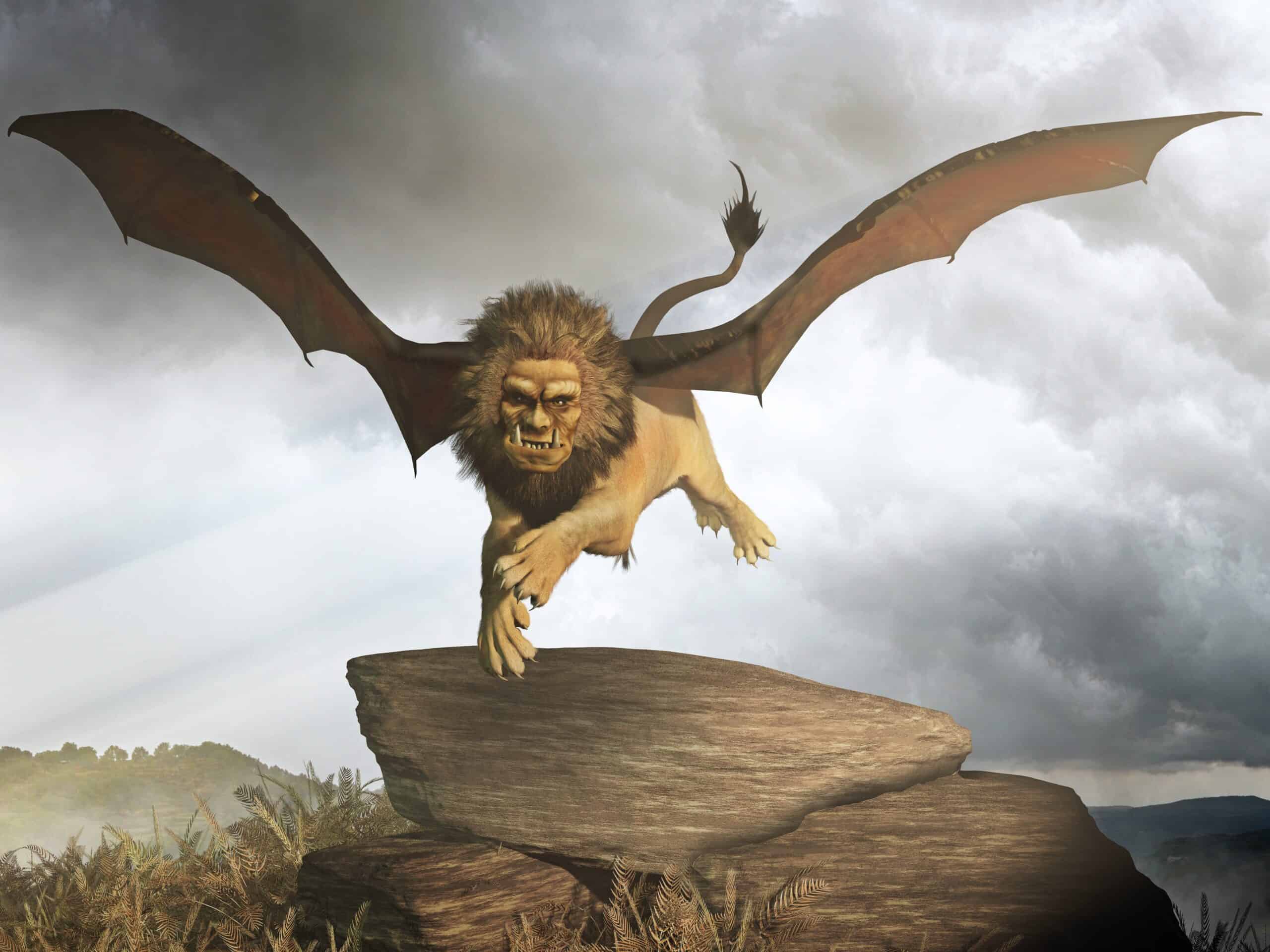
The Persian myth of the Manticore tells of a fearsome creature with the body of a lion, a human head, and a tail tipped with venomous spines. This beast was said to devour its victims whole, leaving no trace behind. The Manticore’s fiery breath could incinerate anything in its path, making it nearly impossible to escape. Known for its cunning and cruelty, the Manticore was feared by all who encountered it. Despite its terrifying nature, the Manticore was also a symbol of the unknown and the dangers lurking beyond the familiar.
The Myth of Cipactli, the Earth Monster (Aztec)
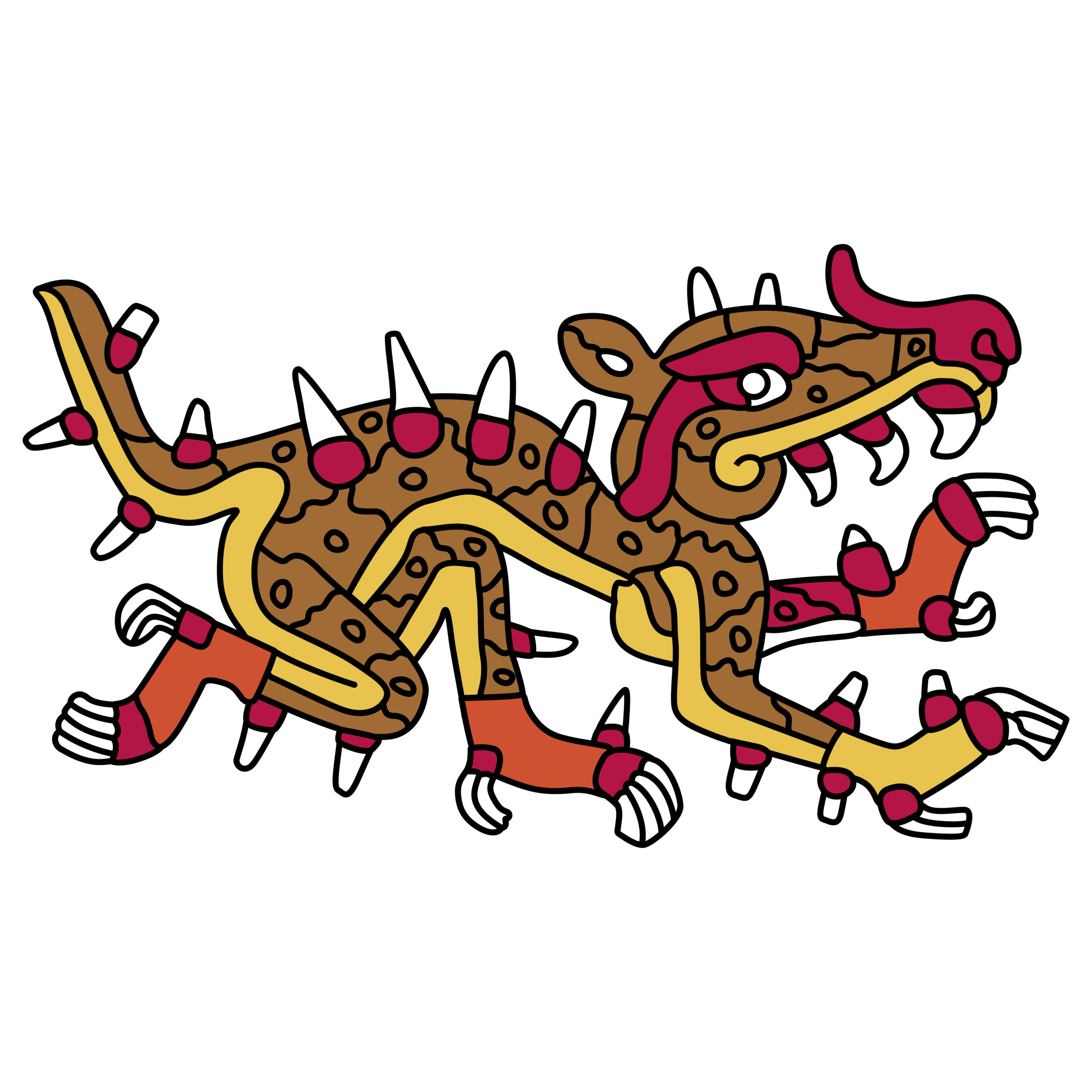
Cipactli, in Aztec mythology, was a monstrous creature resembling a crocodile with the combined features of toads and fish. It was said to be insatiably hungry, with mouths at every joint, always seeking to devour. According to the myth, the gods used Cipactli’s body to create the earth after a fierce battle. Each piece of the earth was formed from the remains of this great monster. Cipactli’s story symbolizes the chaotic forces of creation and the destructive potential inherent in the natural world.
The Myth of the Ahuizotl, the Water Beast (Aztec)
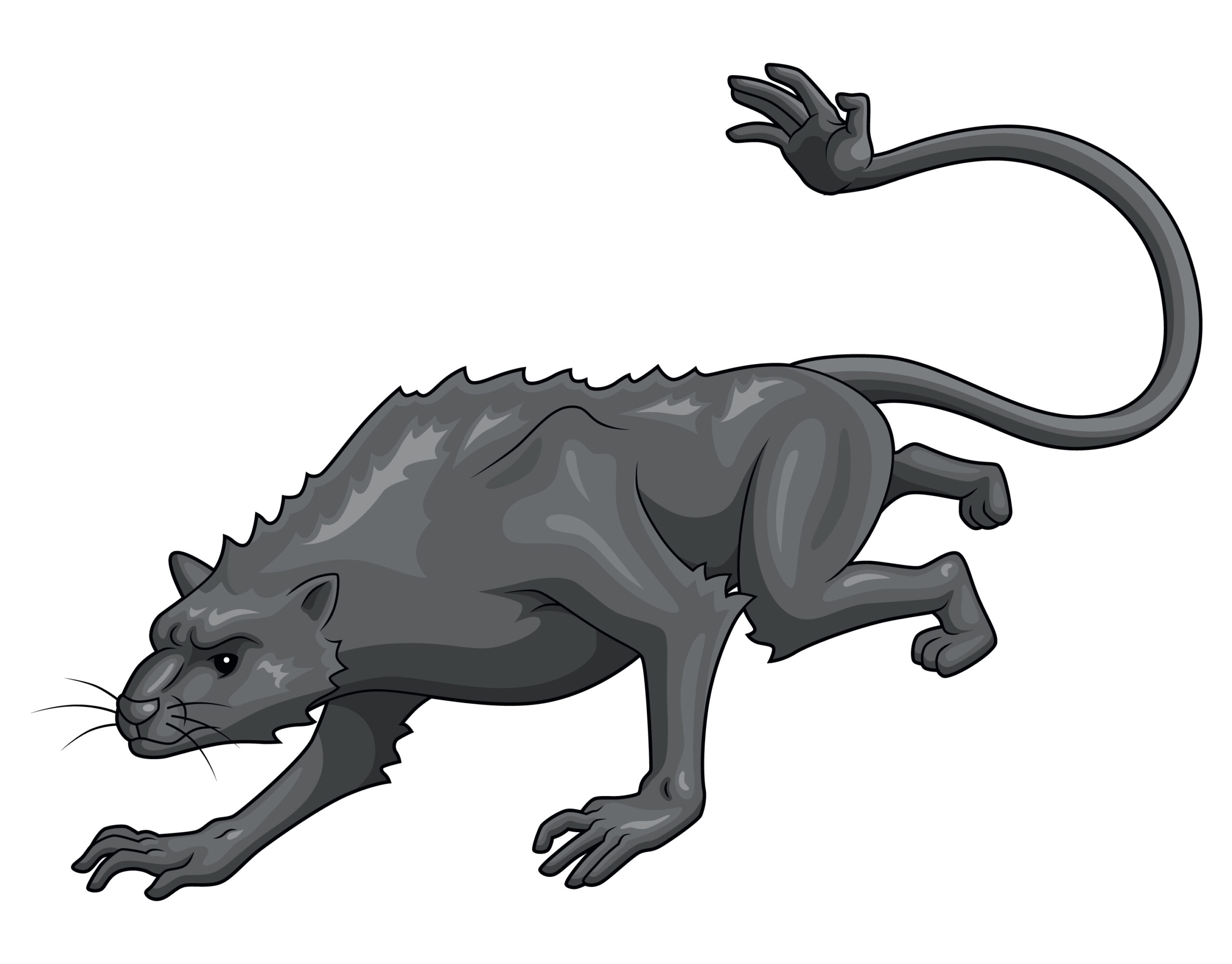
In Aztec mythology, the Ahuizotl was a fearsome creature that lived in lakes and rivers, resembling a small dog with a hand on its tail. This beast was known to drag people underwater, drowning them and eating their eyes, teeth, and nails. The Ahuizotl was believed to be a guardian of the water, punishing those who disrespected it or ventured too close. The myth served as a warning to respect the natural world, particularly the powerful and unpredictable forces of water. Its terrifying presence was a reminder of the dangers that lurk in seemingly calm waters.
The Myth of Benten, the Dragon Princess (Japanese)
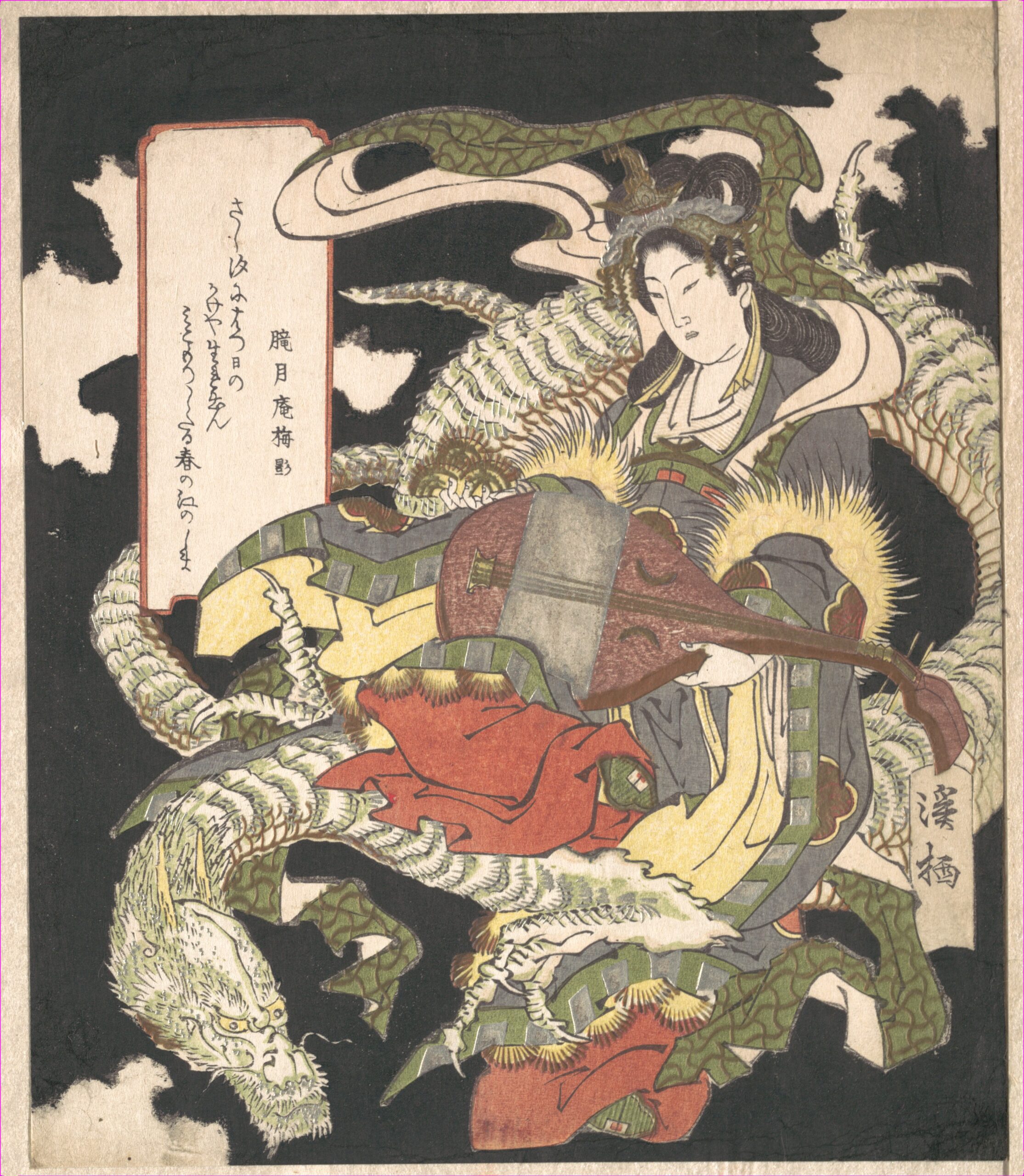
Benten, also known as Benzaiten, is a Japanese goddess associated with music, wisdom, and water. In one myth, she is depicted as a dragon princess who resides in the undersea palace of Ryūgū-jō. Benten is said to have married a dragon king to bring peace to the world, using her musical abilities to soothe and calm the seas. She is often portrayed riding a dragon, symbolizing her control over water and the natural world. This myth highlights Benten’s role as a mediator between the spiritual and earthly realms, emphasizing the harmony between nature and humanity.
The Myth of the Wendigo (Algonquin)
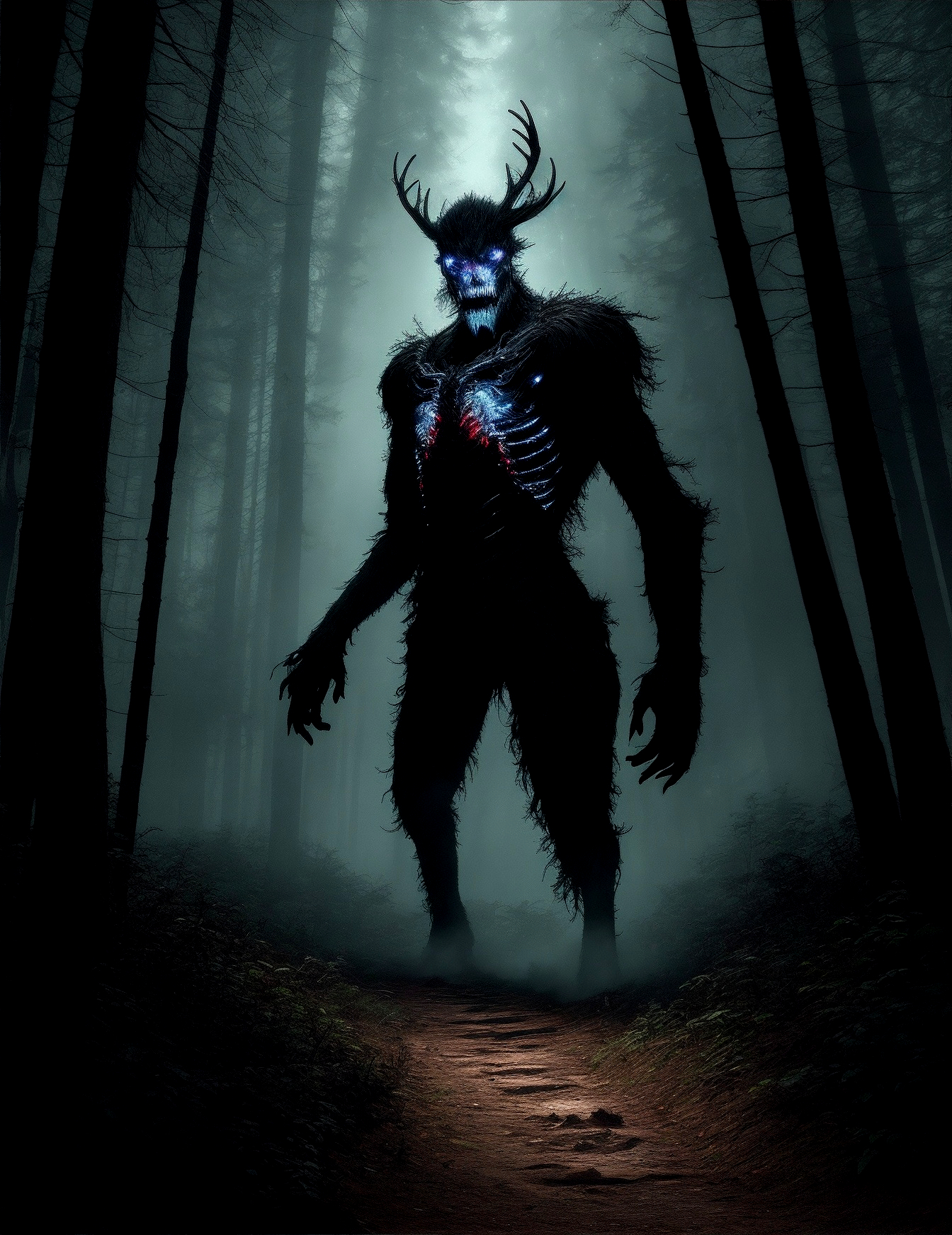
The Wendigo is a terrifying creature from Algonquin mythology, often described as a malevolent spirit or monster with a hunger for human flesh. It is said that those who resort to cannibalism in the harsh winters of the northern forests become Wendigos themselves, transformed by their monstrous appetites. The Wendigo is depicted as a gaunt, emaciated figure with glowing eyes and a heart of ice. This myth served as a cautionary tale against greed and the dangers of isolation, reflecting the harsh realities of survival in the wilderness. It also represents the consequences of losing one’s humanity.
The Myth of Kukulkan, the Feathered Serpent (Mayan)
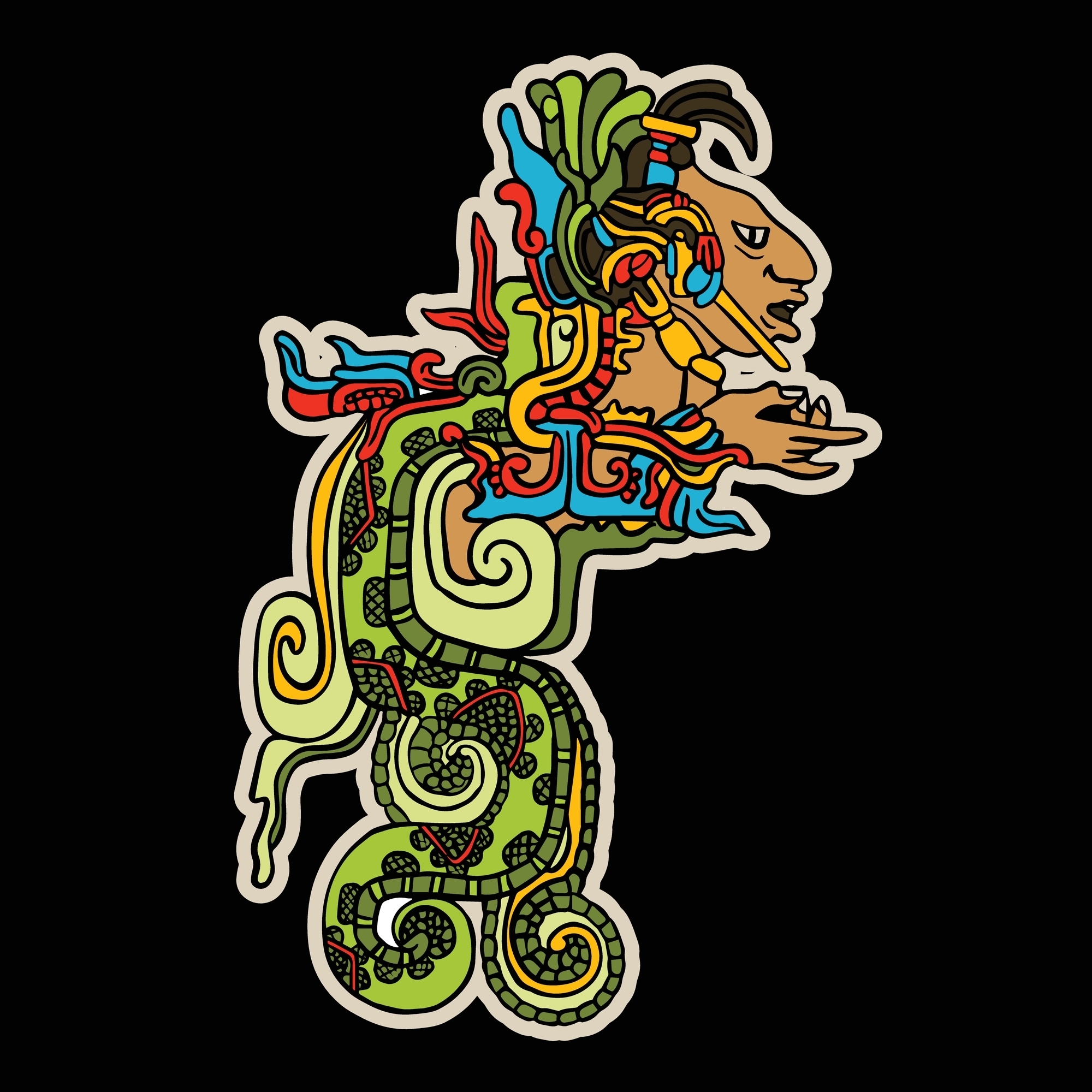
Kukulkan, known as the Feathered Serpent, is a significant deity in Mayan mythology. This god is depicted as a serpent adorned with feathers, symbolizing both the heavens and the earth. Kukulkan was believed to bring rain, wind, and storms, essential elements for agricultural success. The Mayans constructed massive pyramids in his honor, with one at Chichen Itza designed to align with the equinoxes, casting a serpent-like shadow. This myth highlights the Mayans’ deep connection with nature and their understanding of celestial events. Kukulkan embodies the balance between earth and sky, life and death.
The Myth of Ammit, the Devourer of Souls (Egyptian)
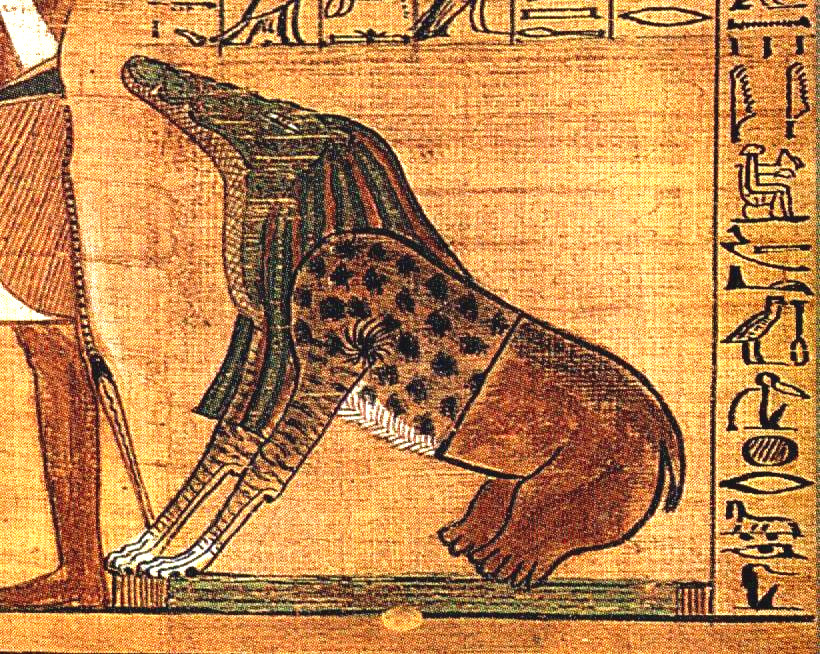
Ammit, in Egyptian mythology, is a fearsome creature with the head of a crocodile, the body of a lion, and the hindquarters of a hippopotamus. Known as the Devourer of Souls, Ammit was believed to consume the hearts of those deemed unworthy in the afterlife. When a person died, their heart was weighed against the feather of Ma’at, the goddess of truth and justice. If the heart was heavy with sin, Ammit would devour it, condemning the soul to eternal restlessness. This myth underscores the importance of moral integrity in life, reflecting the Egyptians’ belief in justice and the afterlife.
The Myth of the Caladrius, the Healing Bird (Roman)
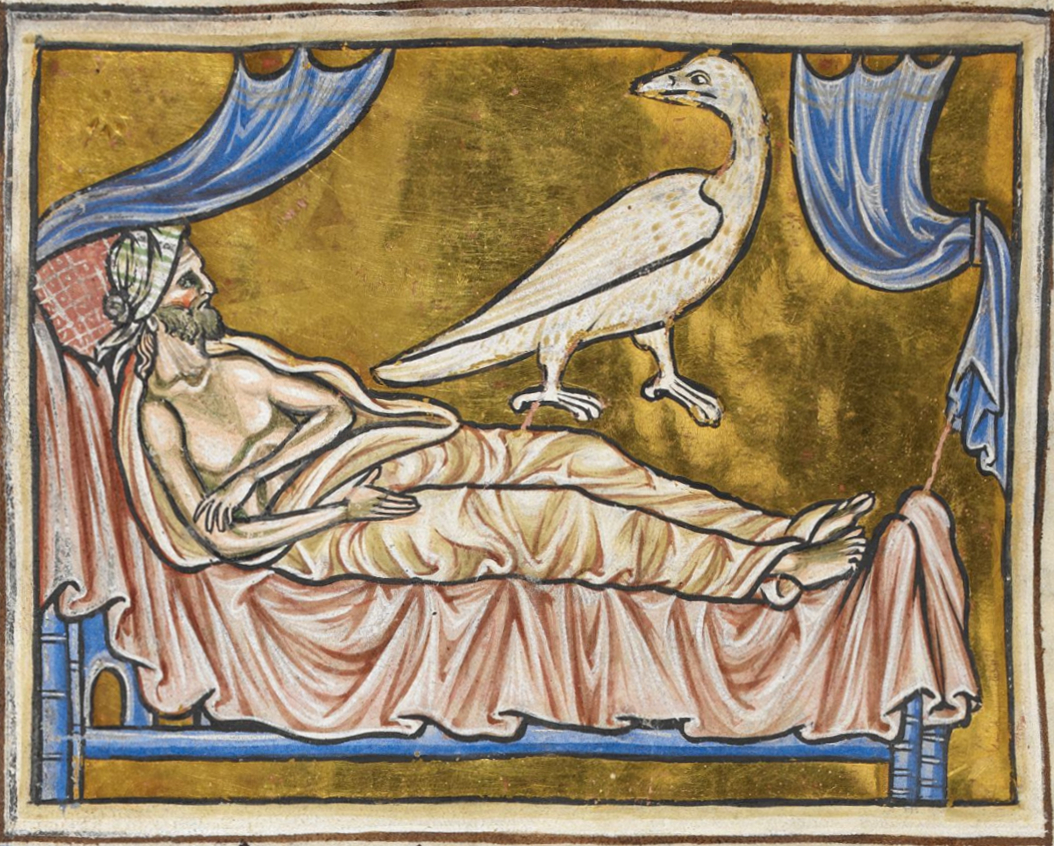
The Caladrius, in Roman mythology, is a pure white bird believed to have healing powers. It was said that this bird could absorb sickness from a person and fly away, carrying the illness with it, thus curing the afflicted individual. However, if the Caladrius looked away, it was a sign that the person was beyond healing and would soon die. The myth of the Caladrius reflects the Roman belief in omens and the supernatural’s role in health and disease. This bird became a symbol of hope and despair, representing the fine line between life and death.
The Myth of the Kallikantzaros, the Mischievous Goblin (Greek)
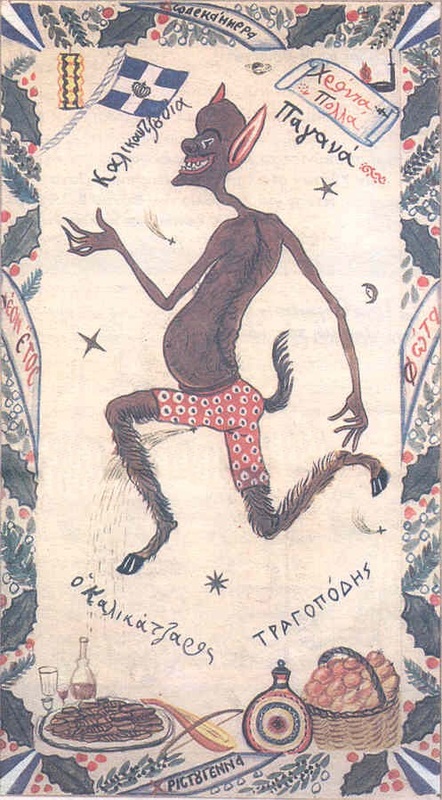
In Greek folklore, the Kallikantzaros is a mischievous goblin that emerges during the Twelve Days of Christmas. These goblins are said to live underground, sawing the world tree to cause chaos. During their time on earth, they wreak havoc by spoiling food, extinguishing fires, and playing cruel tricks on people. The only way to protect against them is to keep a fire burning or leave a colander at the door. The myth of the Kallikantzaros reflects ancient Greek beliefs about the dangers of the winter solstice and the thin veil between the worlds during this time.
The Myth of the Ubasute, the Abandoned Elder (Japanese)
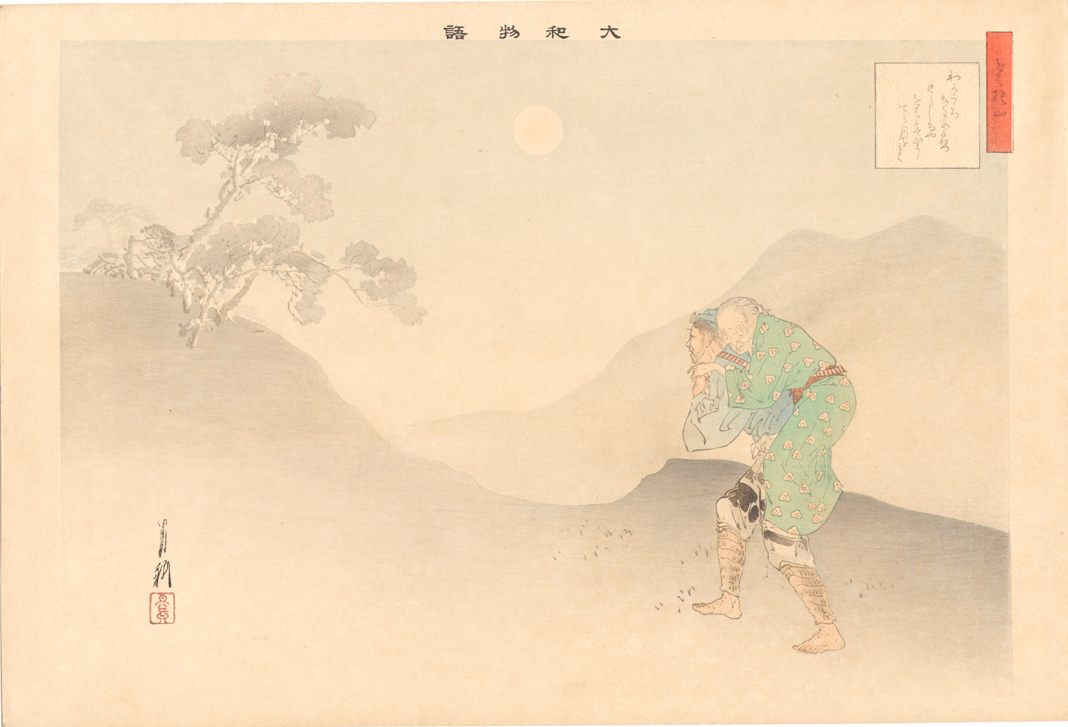
Ubasute is a dark and somber myth from Japanese folklore, involving the practice of abandoning an elderly relative in the mountains. The elderly person, usually frail and unable to contribute, is carried up the mountain and left to die. This act was considered a way to lessen the burden on the family during times of famine or hardship. The myth of Ubasute highlights the harsh realities of survival and the difficult decisions that were sometimes necessary. It also reflects the deep cultural values of filial piety and the immense pressures faced by families in ancient Japan.
The Myth of the Lernaean Hydra (Greek)
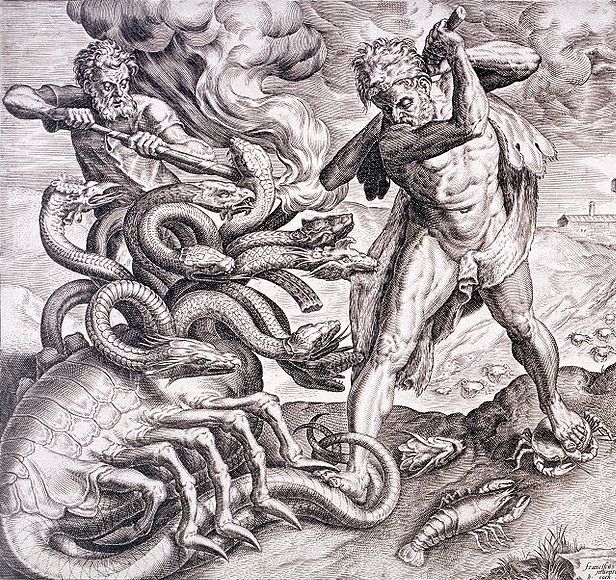
The Lernaean Hydra is one of the most famous monsters in Greek mythology, known for its many heads and deadly poison. This serpent-like creature lived in the swamps of Lerna, terrorizing the region. For every head that was cut off, two more would grow back in its place, making it nearly impossible to kill. The Hydra was eventually defeated by the hero Heracles, who used fire to cauterize the necks and prevent regrowth. This myth symbolizes the challenges of overcoming seemingly insurmountable obstacles and the persistence needed to achieve victory.
This article originally appeared on Rarest.org.
More from Rarest.org
14 Iconic Ferraris That Broke Auction Records

Ferrari, a brand synonymous with speed, luxury, and engineering excellence, has produced some of the most iconic and sought-after cars in automotive history. Read More.
1950 Washington Quarter Value Guide
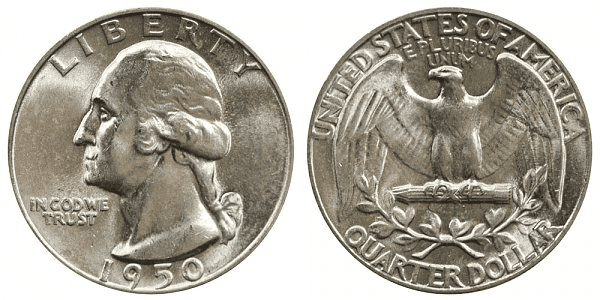
The 1950 Washington quarter is made of 90% silver and 10% copper. The coin has an actual silver weight (ASW) of 0.1808oz. Read More.
1955 Wheat Penny Value Guide

The US Mint has been producing the Lincoln penny for more than 100 years, and is being issued even today. Read More.
